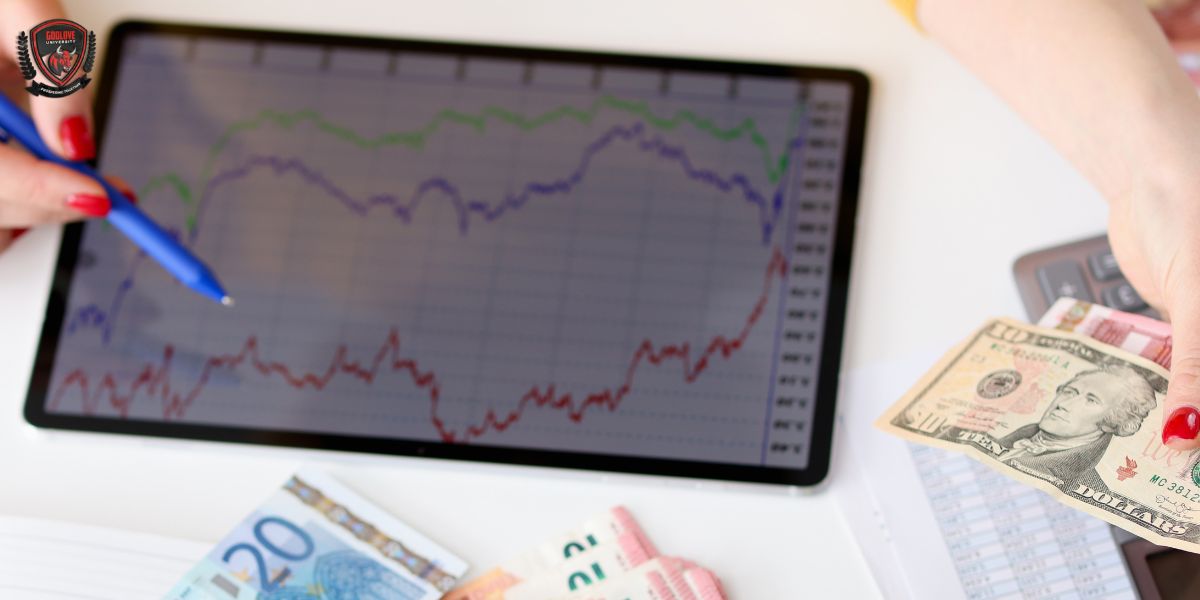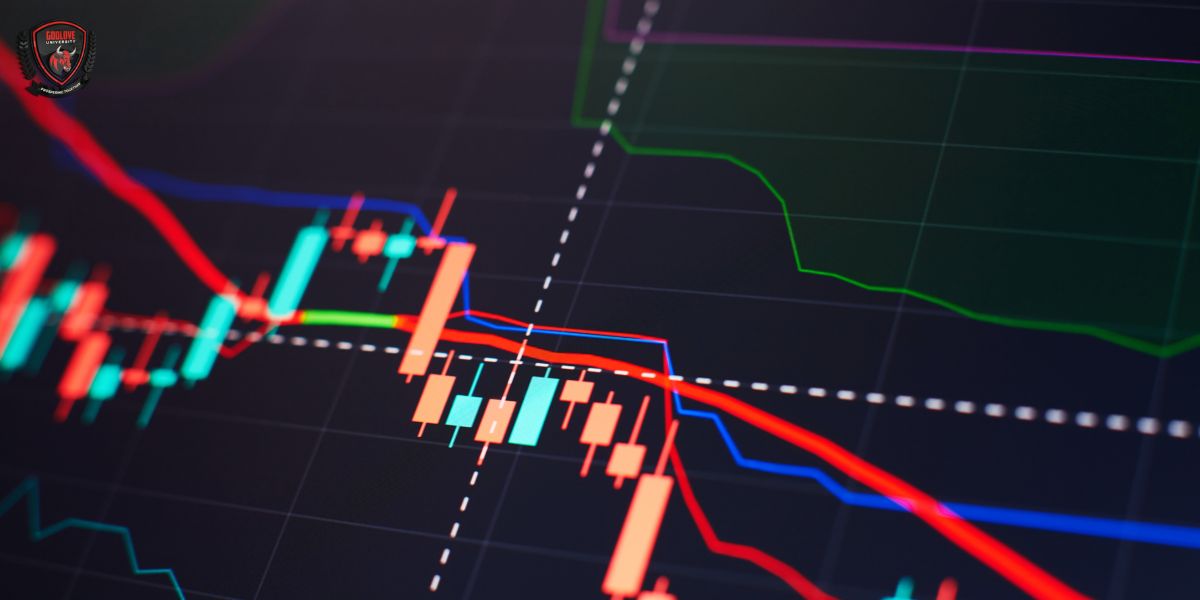If you have traveled across oceans, you will have a better understanding of what a forex indicator is. The ocean is a vast expanse of water, and crossing it requires traveling through the seemingly endless churning mass of water below and the endless sky above. Without navigational aids, it’s easy to get lost in this vast expanse of nowhere. But that’s the easy part. The worst-case scenario is being stranded in shallow water, getting in the way in stormy seas, being tossed around by huge waves, or, worst of all, being rammed by a floating boat. It shatters into pieces. Forex indicators are essentially navigational aids to navigate the rough waters and turbulence of the forex market.

Forex indicators are basically a collection of technical indicators used to track and ultimately forecast the direction of prices (in this case, the rates of exchange of different currency pairs). They are tools used to study past market data, particularly price and volume, in order to forecast future price directions and trends. They belong to a vast school of thought called technical analysis, which is founded on the belief that given the same market conditions and circumstances, traders are likely to behave in much the same way as in the past, pushing prices in exactly the same fashion and direction.
Technical analysts believe that prices move in trends and that the market discounts everything. They hang on to the belief that ‘history repeats itself’ expecting traders to react and push prices in the same manner as in the past if given the same market conditions and fundamentals. For over 100 years, technical analysts the world over have been trying to discover the proverbial Holy Grail that will open the road to profits. They have studied past price movements and trading volumes, charting them in different ways and using mathematical methods to discern some semblance of recurring price patterns that may give them a clue to future price movements.
This has resulted in a flurry of charting techniques and a vast array of technical indicators, from the simple trend lines, support, and resistance lines to the more complicated studies based on stochastic. Technical analytics from the Orient, like the now-infamous Japanese Candlestick charting techniques and, quite recently, the Ichimoku Kinko Hyo Cloud Charting technique, have also joined the already overpopulated family of technical indicators. The gamut of available technical indicators is simply overwhelming, especially for upstart traders. It includes trend-following indicators, momentum indicators, volatility indicators, volume indicators, cycle indicators, and other special indicators that make use of advanced mathematical analytics.

The theoretical foundation of forex indicators and all the other technical indicators is based on the belief that markets are rational. However, the stock market crash in late 2000 punched holes in this belief and gave rise to the Efficient Market Theory, which basically states that markets, including foreign exchange markets, will always be right while anyone else can be wrong. In essence, this emerging theory simply states that there can never be a Holy Grail for a market indicator, and future price movements can never be predicted with great accuracy using past prices.
Does this mean forex indicators and other technical indicators are rendered useless by the new market hypothesis? My categorical answer is no. The fact remains that these indicators are still being used by a lot of forex traders. This makes it imperative for us to watch and study these indicators. The sheer number of traders using them can, at the very least, impact price movements. The secret is not to study forex indicators with the view of being technical analysts yourselves. The goal is to know and understand which of these indicators are popularly and commonly used by the greater majority of traders. At the very least, we will be able to predict price directions to a certain extent.









3 Responses
Can’t trade without indicators. My best indicator is moving average and it has helped me to identify the trend of a currency pair. Still looking forward into integrated other indicators like RSI and Stochastic indicators on my chart to have better view of the market trend
Indicators are basically the greatest companion for any trader as they can help the trader with an immediate confluence/analysis before they can make their final analysis to buy or sell, the Fibonacci for instance is my best tool and great entry tool with top-notch accuracy, I love the moving average cross over strategy also thought by our Mentor Ndemazeah Godlove in the Godlove University course..It’s a record breaking strategy with deep secrets and is so accurate with an almost 100% win rate
Hi , can anyone assist please…
Indicators look very good on paper but do they ACTUALLLY work?
Please some honesty would be great. I am new to this.
Thanks so much
Mostafa El-Diouf